Over the last few weeks, we have shared information about the troubles facing the commercial real estate (CRE) market and the regional banks that made CRE loans (CRE Pain & CRE Loans). The problem for CRE investors and lenders stems from overbuilding over the last ten years and high vacancy rates due to the work-from-home movement. Apartment buildings have fared much better.
The graph below from RealPage shows the supply of apartment units is quickly rising. In 2023, the number of new apartment units rose by 493k, the highest amount since the mid-1980s. This year, the new supply of apartments could be about 50% higher than last year’s and at 50-year highs. Is the apartment building industry risking a surplus of apartment buildings like CRE? The National Multifamily Housing Council (NMHC) says no. According to the council, “The U.S. needs to build 4.3 million units by 2035 to meet the demand for rental housing.”
The apartment supply coming onto the market will help alleviate the shortage of housing, but if the NMHC is correct, the supply of apartment units should still be well short of demand. A shorter-term risk to that optimistic outlook could occur if mortgage rates fall sharply. Such would unfreeze the housing market. Homeowners trapped in houses unwilling to swap their current low mortgage for a much higher one could add a significant supply of houses to the market. Accordingly, apartment renters may buy homes instead of renting due to lower mortgage rates. Also of interest is that when the new apartment supply hits the market, it could even out the supply/demand mismatch in the short term and further stabilize rent prices, a key component of CPI.
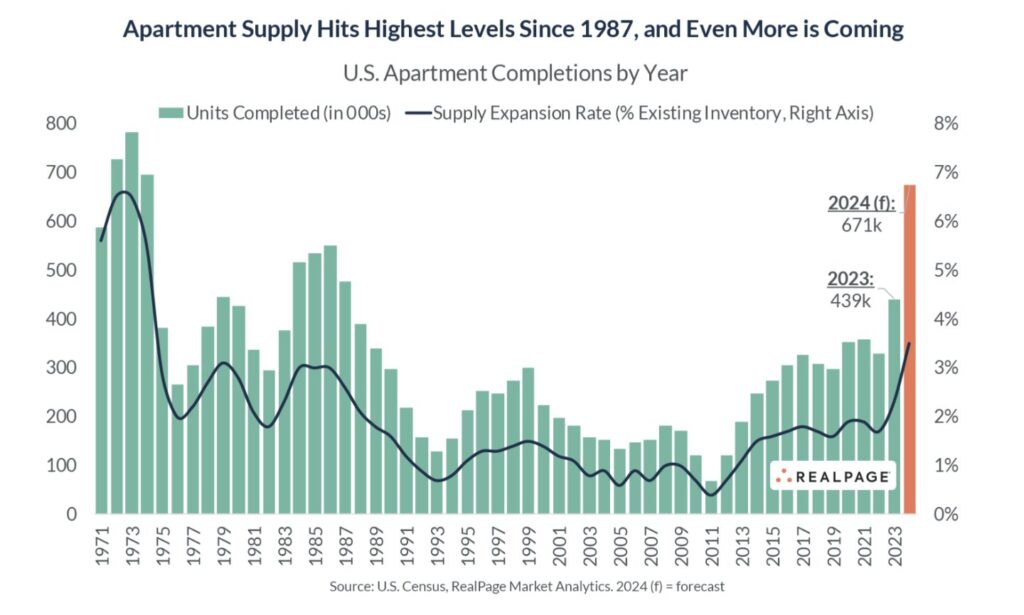
What To Watch Today
Earnings

Economy
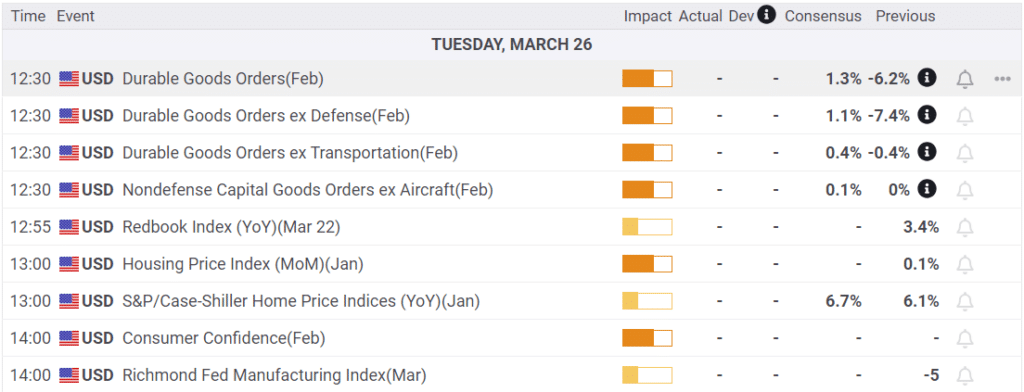
Market Trading Update
We started adding energy exposure to our portfolio at the beginning of the year. At the time, we got a lot of pushback as oil prices languished and demand seemed to fall. However, oil prices have steadily risen within a well-defined trend channel, just like the overall market, as capital is chasing virtually every asset class. While the increase in oil prices is not as aggressive as the S&P 500, the increase is beginning to approach more overbought levels.
We currently remain in our energy positions and have made some profits along the way. However, we suspect that when the overall market finally cracks and selling pressure emerges, we will likely see commodity prices decline as well.
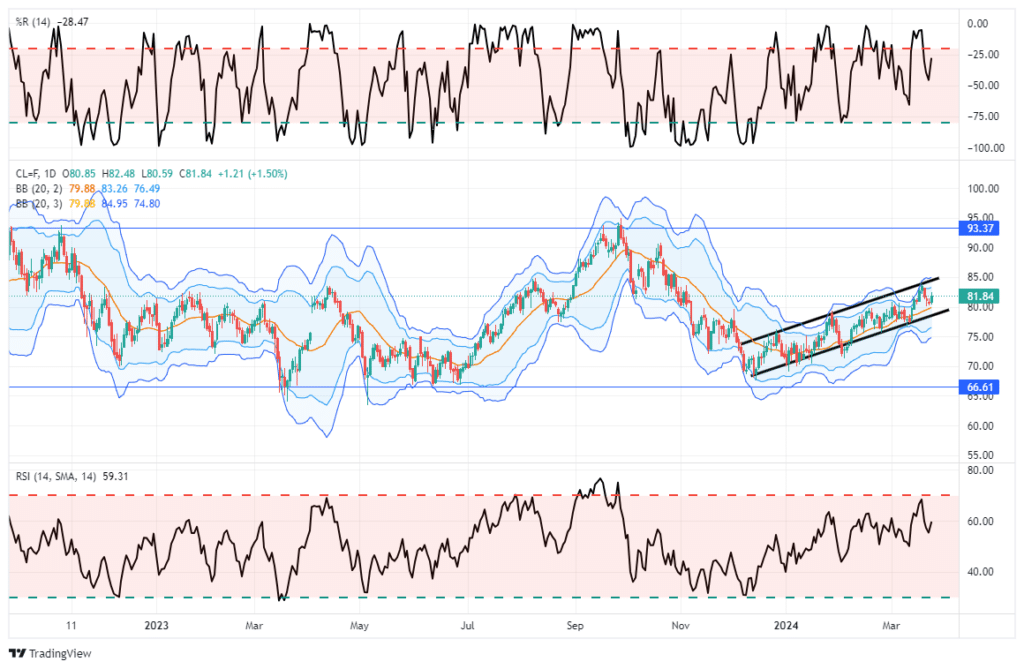
On another note, the 20-Year Duration Treasury Bond chart looks much more bullish. A massive cluster of resistance is just above current bond prices, which have built nice support along previous lows. As the economy continues to weaken, and if the Fed does cut rates in June, bond prices will rise. Once prices clear that cluster of support, there is very little resistance to a further decline in yields and a rise in prices. The resistance challenge will likely last a few more months, but by the end of 2024, bonds could provide a decent overall return.
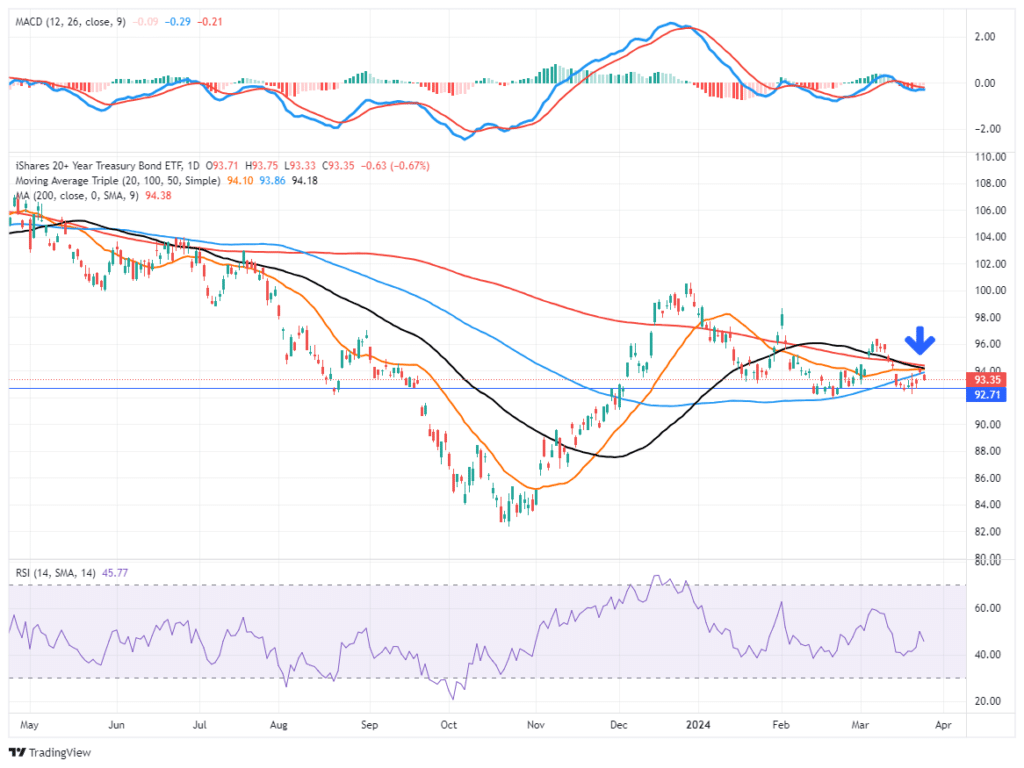

FedEx Revenue Decline As Does Hiring In The Transportation Sector
Last week, FedEx stock rose about 10% despite missing sales and earnings expectations and cutting forward-looking guidance. Share buybacks, cost reductions, and improved margins drove the stock gains. Regardless of the market’s reaction, the FedEx earnings report points to a continued slowing of shipping revenue and, therefore, weakness in consumer spending. Also, from a macroeconomic point of view, FedEx will be laying off employees in different areas of the company. In January, UPS announced they would cut 12,000 jobs. The graph below shows that the number of employees in transportation and warehousing has been falling steadily since 2022. Further, it is breaking below the growth trend that existed in the years leading up to the pandemic.

Fisker Shares Point To Bankruptcy
EV automaker Fisker (FSR) was a market favorite in 2021 as EVs were set to take over the world, and speculation over “meme stocks,” including Fisker, was off the charts. Fisker shares have plummeted since peaking at $32 a share in early 2021. It appears bankruptcy is the likely option for this once-promising EV maker. On Monday, the stock fell nearly 30% as talks for a potential cash infusion from a large automaker were reported to have failed. Fisker has paused car production as it seeks to shore up its cash balances. They also missed a $8.4 million interest on bonds that was supposed to be paid on March 15th. They do have a 30-day grace period to make the payment. Whether it occurs in the next few days or after the 30-day grace period, bankruptcy appears inevitable.
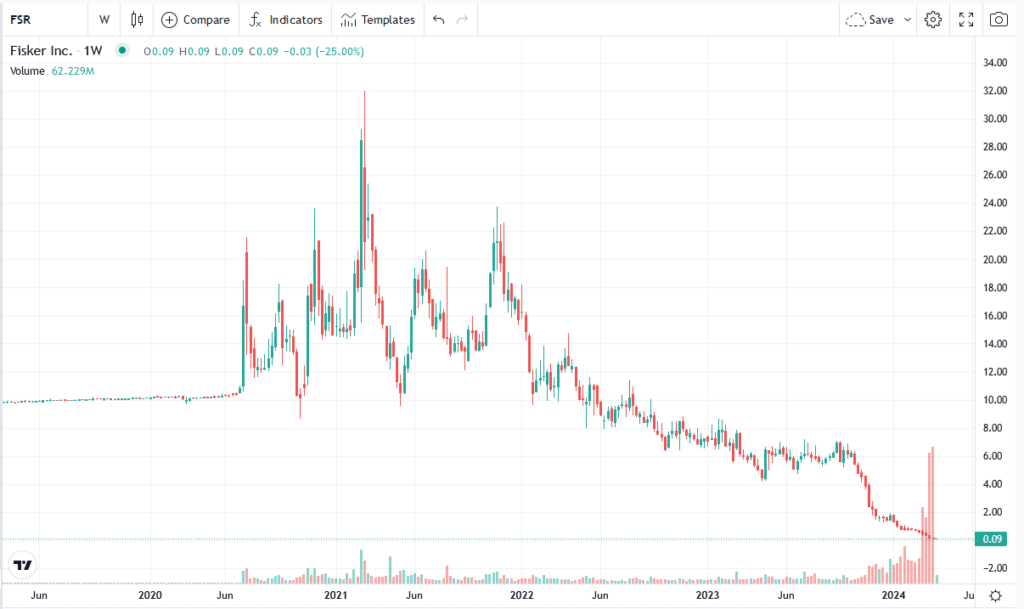
Tweet of the Day
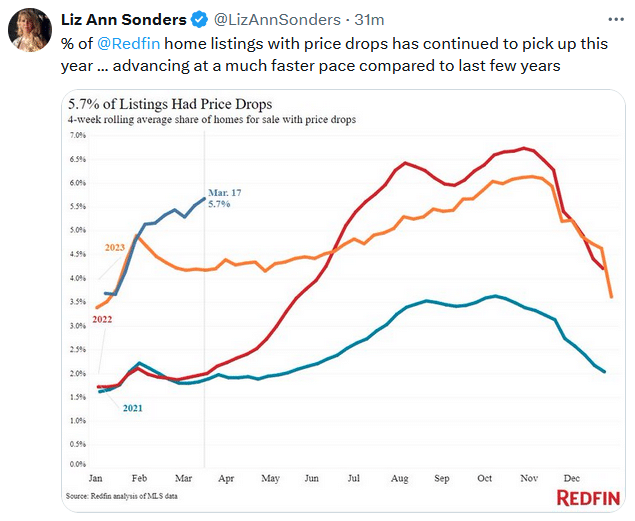
“Want to have better long-term success in managing your portfolio? Here are our 15-trading rules for managing market risks.”
Please subscribe to the daily commentary to receive these updates every morning before the opening bell.
If you found this blog useful, please send it to someone else, share it on social media, or contact us to set up a meeting.
Also Read

















